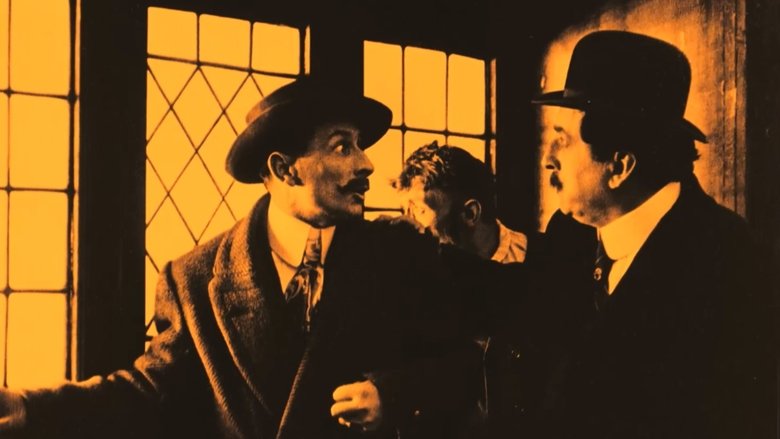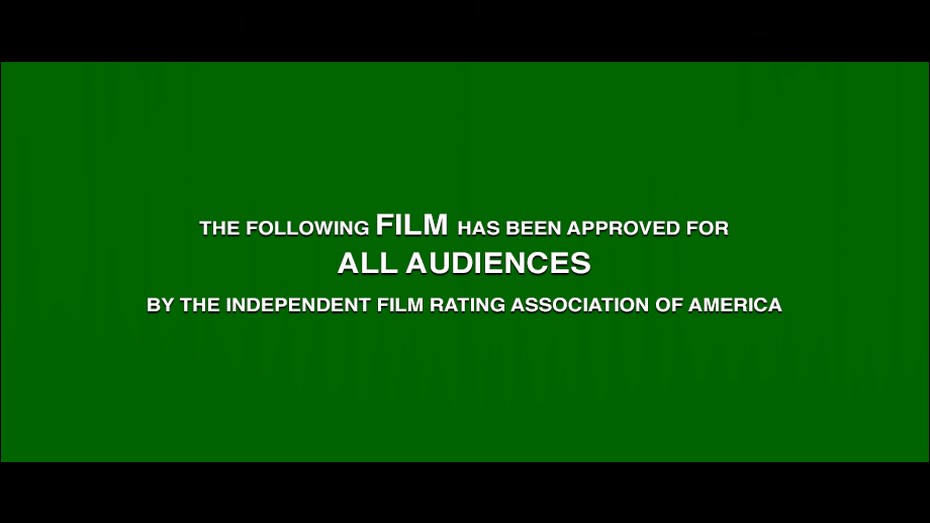O la matou tifaga ma faletusi vitio e faʻatoa mafai ona tafe pe download e tagata naʻo tagata
Faʻaauau ona matamata mo saoloto ➞E laʻititi ifo nai lo le 1 minute e saini ai i luga ona mafai ai lea ona e fiafia faʻatasi i ata tifaga & televise.

Protéa (1913)
Protéa is the last film directed by Victorin-Hippolyte Jasset, one of the early film pioneers in France. The hero of this film is a female spy, an acrobatic Mata-Hari, played by his favorite actress, Josette Andriot, who wore a characteristic costume of a close-fitting black jersey, two years before Musidora achieved cult status with her similar appearance as Irma Vep. This final masterpiece reflects Jasset's popular style: rhythmic action, fantastic realism, rich visuals, an anarchistic philosophy, a disdain for psychology, and an attention to lighting that earned him the nickname “the Rembrandt of the cinema". Although Jasset died shortly after completion, the film had considerable success and Andriot went on to make four more films in the series with other directors.
Ituaiga: Action, Crime, Mystery
Faʻafiafia: Josette Andriot, Lucien Bataille, Charles Krauss, Henri Gouget, Jacques Feyder, Mévisto
Auvaa: Victorin-Hippolyte Jasset (Writer), Victorin-Hippolyte Jasset (Director), Lucien N. Andriot (Director of Photography)
Subtitle:
![]()
![]()
![]()
![]()
![]()
![]()
![]() ETC.
ETC.
Faʻamalolo: Sep 09, 1913
Lauiloa: 0.913
Gagana: No Language
Potu potu: Société Française des Films Éclair
Atunuʻu: France

